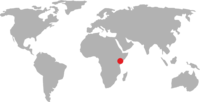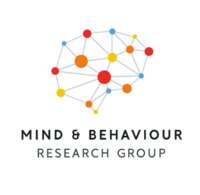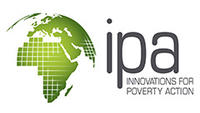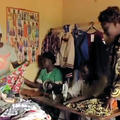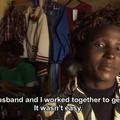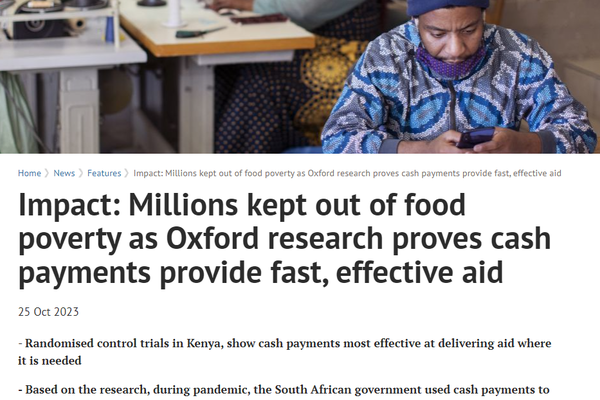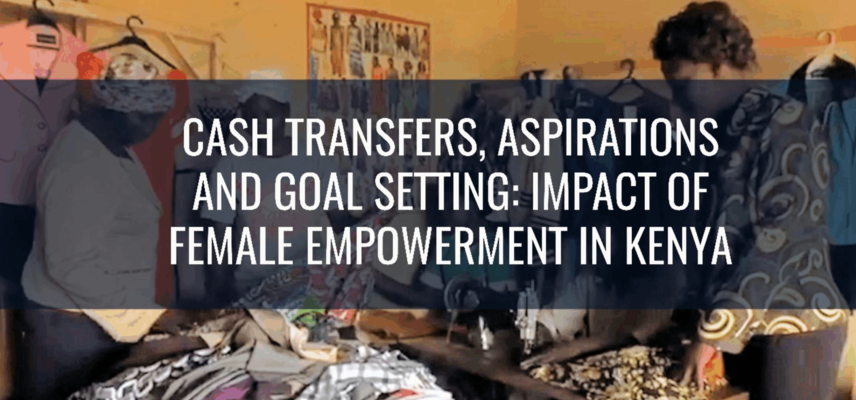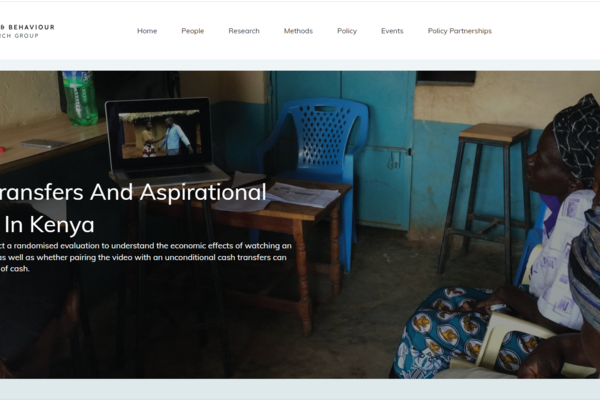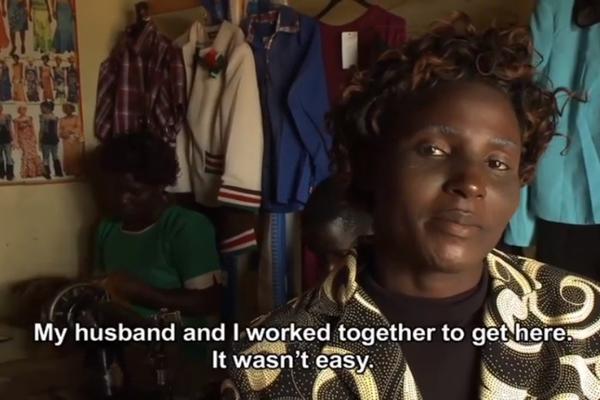CASH TRANSFERS AND ASPIRATIONAL VIDEOS IN KENYA
OUR AIMS
Research has shown that people living in poverty may experience a range of psychological barriers that might constrain economic success. These barriers may include aspirations and goals that are lower than what could be achieved, a perception that their actions have limited impact on their circumstances, time-inconsistent preferences, as well as a lack of information about the potential for high-return investments. Previous research suggests that it is possible to intervene to alleviate some of the psychological constraints of poverty. In other work, researchers have shown that interventions that shift aspirations (the way people think about their own future opportunities) can have long-term positive effects on their investments in their children’s education, in livestock and other assets, improved agricultural inputs, and on lifetime consumption.
This project examines whether a low-cost aspirations and goal-setting intervention delivered at a crucial decision point (when cash transfers are distributed) can enhance the economic returns to the cash transfer.
ABOUT THE PROJECT
This project takes place in 415 villages in parts of Homa Bay and Siaya counties in western Kenya among poor rural households. Researchers partnered with GiveDirectly, a nonprofit organisation operating in East Africa that helps families living in extreme poverty by sending them unconditional cash transfers via mobile phone.
Villages were randomly assigned to one of the following four groups:
- Unconditional cash transfer and placebo intervention;
- Unconditional cash transfer and aspirations and goal-setting intervention;
- Aspirations and goal-setting intervention only;
- Comparison group: placebo intervention only.
Interventions were targeted at people who fulfilled GiveDirectly’s criteria to be eligible for the cash transfer (adults living in a rural area and who meet a location specific poverty criterion.)
Cash Transfers
Cash transfer recipients received three mobile money transfers, each roughly two months apart: a small token transfer of US$100, a large transfer of US$500, and a final large transfer of US$500 (minus the price of the mobile phone, if they are provided one).
Aspirations and Goal-setting Intervention
Households participated in a group-based intervention consisting of three components that focus on aspirations and goal setting:
- Participants watched two back-to-back videos which narrate life stories of two role models with socio-economic backgrounds similar to the audience and model specific behaviours and mindsets. The videos described how the role models became successful, the obstacles they faced, and the lessons they drew from their experiences. The role models were also shown performing goal-setting exercises. Watch the videos on the CSAE Youtube channel here: https://youtu.be/CgRp0Cc6sV4
- Following the video, participants engaged in an hour-long facilitated goal-setting exercise where they imagined their lives in the next five years “if everything went as well as it possibly could.” They worked with discussion leaders to set clear and achievable goals, and to plan how to overcome obstacles.
- Participants also received a calendar depicting the movie role models, and stickers (to represent goals), which they were encouraged to put on the calendar as reminders of their goals.
In cash transfer villages, this programme was conducted around the time that cash transfers are distributed.
Placebo Intervention
Households participated in an exercise that mimicked the aspirations and goal-setting intervention but was psychologically inactive in that it did not address either aspirations or goal setting. This placebo intervention followed the same format as the psychological intervention focused on aspirations and goal setting, including a video, an exercise, and a calendar. However, the videos were missing the motivating role model, aspirations, and goal setting components. For example, the placebo video included at least one shot of every scene and person from the other videos, but they excluded any characters, insightful narratives, or shots of people conveying obvious emotion.
Watch the placebo video on the CSAE YouTube channel here: https://youtu.be/wrET-FT29nY
RESULTS
The study provides evidence that boosting aspirations among people living in poverty can increase investment and wealth which translates into higher living standards. The results showed:
The effects on investment of the aspirations and planning workshop are large for five out of six measures.
- After 17 months, labour supply increases by 5%, revenue by 11% and expenditure on productive inputs by 22%.
- This is accompanied by an increase in living standard with household consumption increasing by 4% and non-land asset value by 6%.
The intervention boosts investment by improving women’s aspirations and expectations for the household’s future economic position.
The workshop has different effects on aspirations and investment amongst households facing different economic conditions.
- Those who receive a cash transfer, i.e., experience an improvement in their economic conditions, and the workshop experience the same improvement in their aspirations and investment as those who just receive a cash transfer.
- An improvement in economic conditions can crowd out the investment-promoting effect of the workshop.



